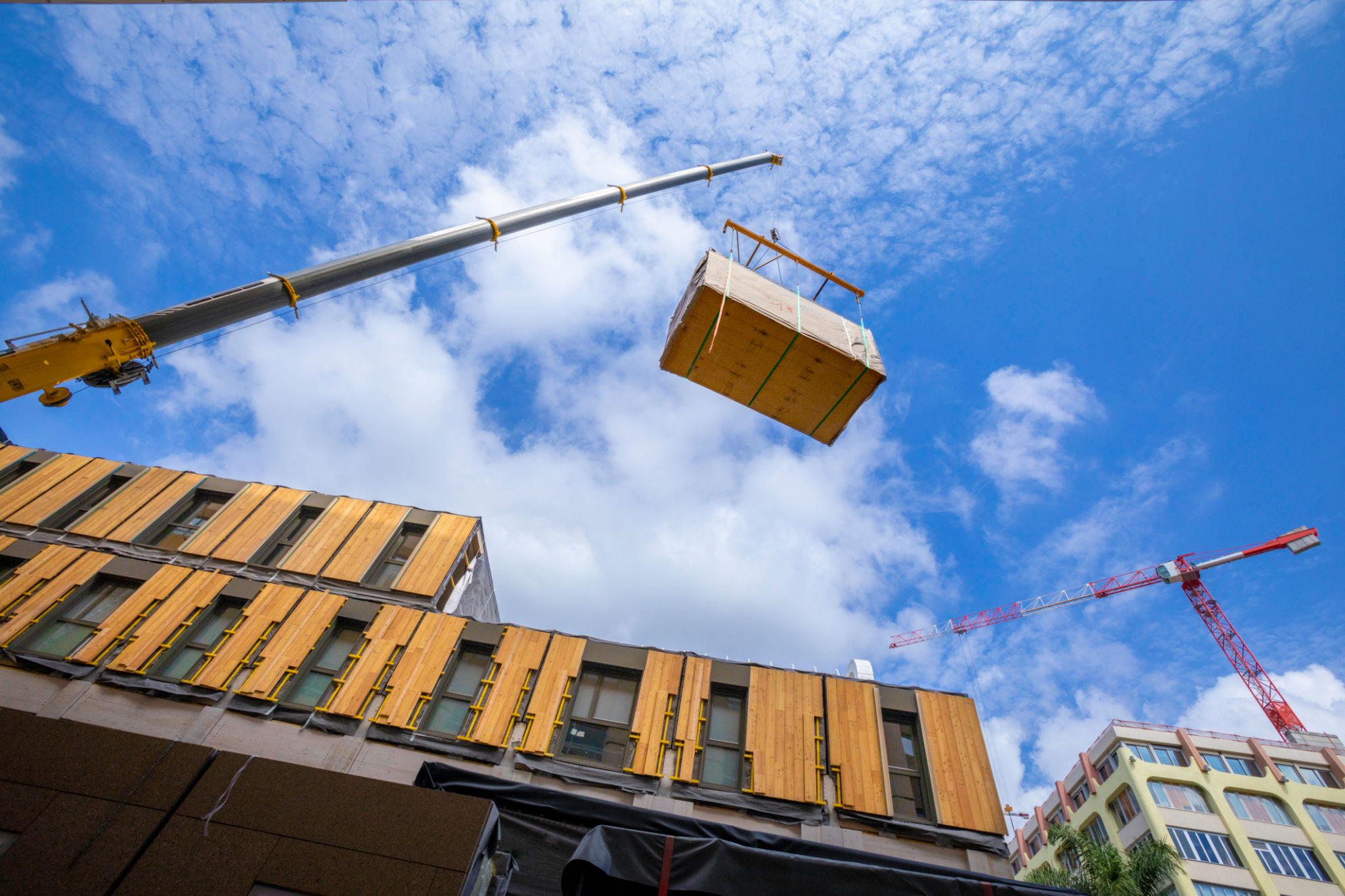Eco-Friendly Construction Practices in Canada: Building a Sustainable Future
As the world continues to face environmental challenges, the construction industry in Canada is taking significant steps towards sustainability. Eco-friendly construction practices are gaining traction, focusing on reducing environmental impact and promoting energy efficiency. These practices not only benefit the planet but also result in cost savings and healthier living environments.
Understanding Eco-Friendly Construction
Eco-friendly construction involves the use of sustainable materials and methods that minimize harm to the environment. This approach considers the entire lifecycle of a building, from design to demolition. Key elements include reducing waste, conserving energy, and using renewable resources. In Canada, these practices are becoming more mainstream as builders and developers recognize their importance.
Sustainable Materials
One of the cornerstones of eco-friendly construction is the use of sustainable materials. These materials are often recycled or sourced responsibly to minimize environmental impact. Examples include bamboo, reclaimed wood, and recycled metal. Using these materials not only reduces waste but also promotes the conservation of natural resources.

Energy Efficiency in Buildings
Energy efficiency is a critical aspect of eco-friendly construction. By incorporating energy-efficient technologies and designs, buildings can significantly reduce their carbon footprint. This includes using high-performance insulation, energy-efficient windows, and smart HVAC systems. In Canada, many new constructions aim to achieve standards like LEED (Leadership in Energy and Environmental Design) certification.
Renewable Energy Integration
Integrating renewable energy sources into buildings is another essential practice in sustainable construction. Solar panels, wind turbines, and geothermal systems are being increasingly used to power homes and commercial buildings. These technologies help reduce reliance on fossil fuels and lower energy costs over time.

Water Conservation Techniques
Water conservation is a crucial component of eco-friendly construction practices. Implementing water-saving fixtures, rainwater harvesting systems, and greywater recycling can drastically reduce water usage in buildings. These techniques not only conserve a precious resource but also decrease utility bills for homeowners and businesses.
Green Building Design
The design phase plays a vital role in eco-friendly construction. Green building design focuses on maximizing natural light and ventilation, which reduces the need for artificial lighting and air conditioning. The strategic placement of windows and the use of open-plan layouts contribute to energy savings and create comfortable living spaces.

The Role of Government Policies
Government policies in Canada are instrumental in promoting eco-friendly construction practices. Incentives such as tax breaks, grants, and rebates encourage builders to adopt sustainable methods. Additionally, regulations and building codes are continually updated to support energy efficiency and environmental responsibility.
The Future of Sustainable Construction
The future of construction in Canada is undoubtedly leaning towards sustainability. As awareness grows and technology advances, eco-friendly practices will become the norm rather than the exception. This shift promises not only environmental benefits but also economic opportunities as green building technologies continue to evolve.
In conclusion, eco-friendly construction practices are essential for building a sustainable future in Canada. By embracing sustainable materials, energy efficiency, water conservation, and green design, the construction industry can lead the way in environmental stewardship. This movement is crucial for ensuring that future generations inherit a healthier planet.
